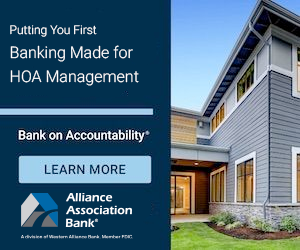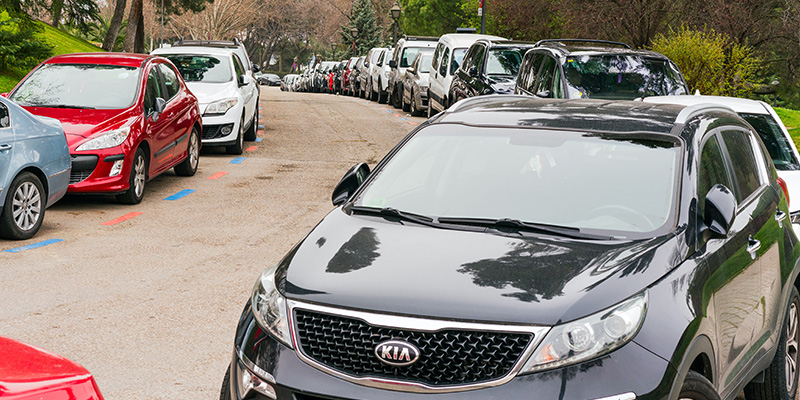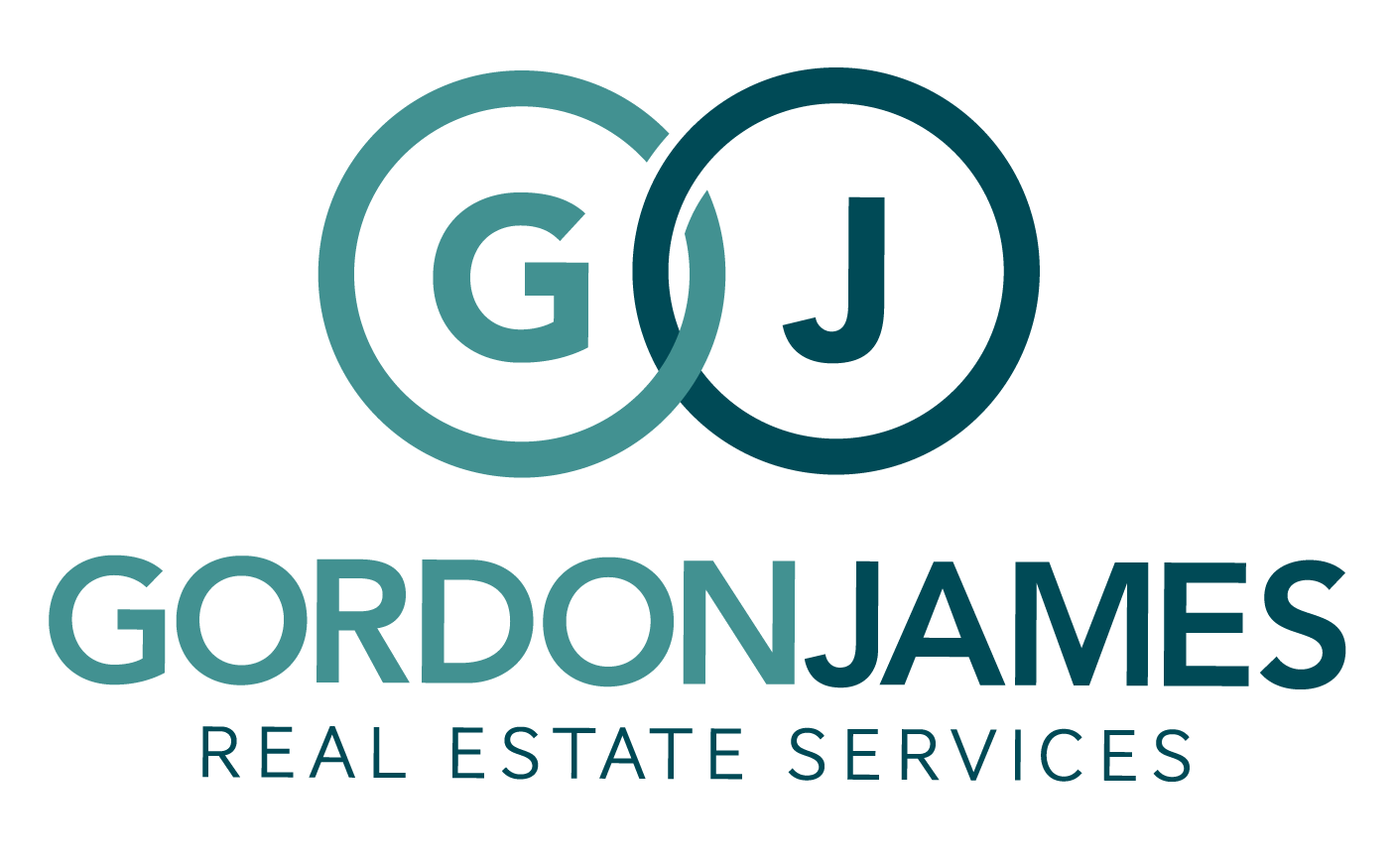Non-Grass Alternatives For HOAs
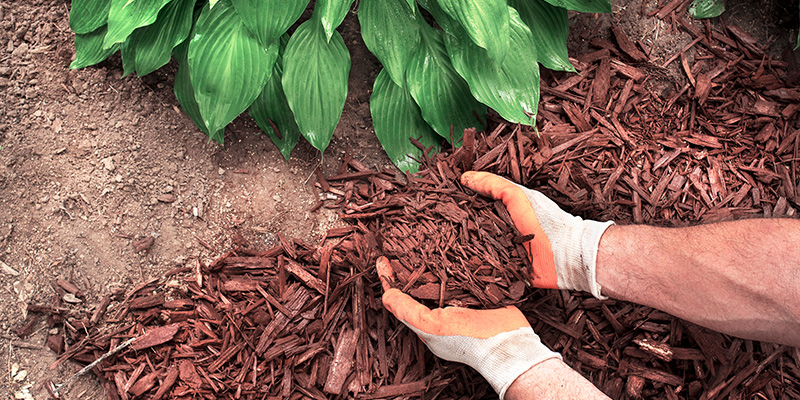
One of the things that make homeowners associations beautiful is grass. Grass instantly adds a fresh and inviting feel to any common space, but it's not always easy to manage. Fortunately, there are plenty of non-grass alternatives for HOAs.
Browse By Category
Sign up for Our Newsletter
One of the things that make homeowners associations beautiful is grass. Grass instantly adds a fresh and inviting feel to any common space, but it’s not always easy to manage. Fortunately, there are plenty of non-grass alternatives for HOAs.
The Best Non-Grass Alternatives for HOAs
Homeowners associations have a number of obligations to the community. One of these is maintaining the common areas of the neighborhood. Most of these common areas have some sort of landscaping or greenspace to give the community a refreshing appearance. And a landscaping element of choice for many self-managed associations is grass.
Grass, though, can be difficult to maintain. You have to mow it regularly to keep it from growing out of control and it often requires a lot of water to maintain its lush look. Some associations turn to artificial turf, but synthetic grass isn’t everyone’s cup of tea.
Below, you will find the best non-grass alternatives for HOAs.
1. Sand
Sand can be a great alternative to filling in a space, no matter how big or small. It’s perfect for places that often experience drought as it doesn’t need water at all. Sand is also low-maintenance and inexpensive, in addition to being beautiful. Plus, it’s good for kids who want to play in the sand without going all the way to the beach.
Perhaps the only downside about sand, though, is that it can quickly turn into a litterbox for the neighborhood’s animals. If your community has a lot of strays, then sand may not be the best option.
2. Moss
Mosses are plants that don’t produce flowers and don’t have complex root structures. They look like grass but aren’t as difficult to maintain because moss grows in many places without intervention — tree trunks, shaded areas, and even rocks! As such, they make for a great material for landscaping.
It is worth noting that moss needs shade. If you live in a sunny area or if the landscaped space gets a lot of direct sunlight, moss isn’t a good choice. Additionally, moss tends to be more delicate than grass, so it’s best used for decorative purposes rather than functional ones.
3. Clover
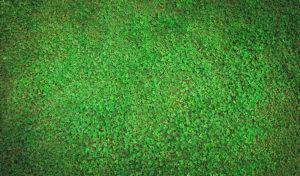 Clovers or micro clovers are another awesome alternative to grass. These plants are green, so they can mimic the look of a lush lawn. But, unlike grass, clovers are low-maintenance and grow easily. You can also mow them just like you would any turf, though mowing isn’t always necessary. Children can also play in clover fields because they’re non-toxic.
Clovers or micro clovers are another awesome alternative to grass. These plants are green, so they can mimic the look of a lush lawn. But, unlike grass, clovers are low-maintenance and grow easily. You can also mow them just like you would any turf, though mowing isn’t always necessary. Children can also play in clover fields because they’re non-toxic.
The best part about clovers is that they bloom and produce white or purple flowers. As such, you have a fresh green clover field for one part of the year and then a flowery meadow for the other part.
4. Flowers
Speaking of flowery meadows, why not replace grass in your common areas with actual flowers?
A flower garden is a great way to inject some color into your community. Flowers come in a variety of types and colors, and there’s virtually a flower for every climate. They also come in different sizes, so you can plant tall flowers in some areas and short ones in others. Additionally, flowers give off a fragrant scent that can flow through the entire neighborhood.
But, similar to grass, flowers require a lot of maintenance, if not more so. It also costs more to keep them looking beautiful and healthy. Beyond that, flowers are delicate, which means you can’t step on them or they’ll die. So, if you want the space to be walkable, you will need to create pathways.
5. Rocks
When talking about non-grass alternatives for HOAs, rocks usually aren’t the first thing that comes to mind. But, rocks can be charming when used correctly. In fact, the Japanese have been practicing the art of rock gardening for hundreds of years.
Just like sand, rocks are a good choice for communities that experience drought frequently. There are also many rocks to choose from. If you’re working with a limited budget, gravel is an affordable option. On the other hand, if your self-managed HOA has money to spare, go for large boulders and rock features.
The best part? Rocks demand zero maintenance. They’re also ideal for communities with a lot of pets, though they’re not the best spaces for kids.
6. Mulch and Bark
If you want to populate a large space but don’t have money (or patience) for grass, mulch and bark are good alternatives. A mixture of mulch and bark can immediately give your community a well-kept appearance without splurging. It also acts as an empty canvas on which you can place different plants and rocks. The nice contrast of colorful plants against the brown mulch is just a sight to behold.
Mulch and bark, though, are best used for decorative purposes. Unlike grass, mulch and bark aren’t the safest surfaces to walk on.
7. Succulents
Succulents are the plant of choice for many homeowners because they’re low-maintenance and instantly breathe new life into a space. Homeowners associations can use them for the same reasons.
Succulents come in different shapes and sizes, making for a truly unique look. They also don’t require a lot of water, so you can save money on your association’s water bills. But, succulents can be quite expensive, and you should only use them as decorative pieces as opposed to as walkable lawns.
8. Fruits and Vegetables
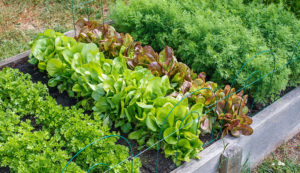 Edible landscaping has turned into a trend in recent years. Also known as “foodscaping,” this is the practice of turning grass lawns into vegetable gardens. You can also add some fruit plants and trees to the mix.
Edible landscaping has turned into a trend in recent years. Also known as “foodscaping,” this is the practice of turning grass lawns into vegetable gardens. You can also add some fruit plants and trees to the mix.
The best part about edible landscaping is that it can benefit the entire community. Everyone can harvest a little from the garden and work together to grow fruits and vegetables. Though, since it’s food, do expect it to attract some critters.
9. Hardscaping
All the options so far have been nature-based, requiring varying levels of maintenance. But, if you want a space that’s more usable, consider hardscaping instead. You can turn the space into a functional one by installing outdoor fire pits, ponds, walkways, or benches. You can also transform them into athletic courts.
Keep in mind, though, that hardscaping will typically need a sizable budget. It also means reducing the number of green spaces in your community and replacing them with hard structures.
Moving On From Grass
Although grass has its advantages, it’s not always practical. As such, it’s worth considering switching to non-grass alternatives for HOAs. These alternatives not only aid the beauty of your community, but most of them are also quite low-maintenance.
RELATED ARTICLES:
- Hiring The Best HOA Landscaping Companies
- 7 Ways to Minimize Risk in a Self Managed HOA
- Should You Become A Self-Managed Homeowners Association?
Trending Now
Related Article
Sign up for Our Monthly Newsletter
Sign up below for monthly updates on all HOA Resource


